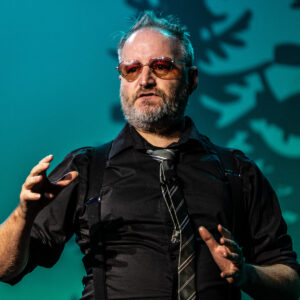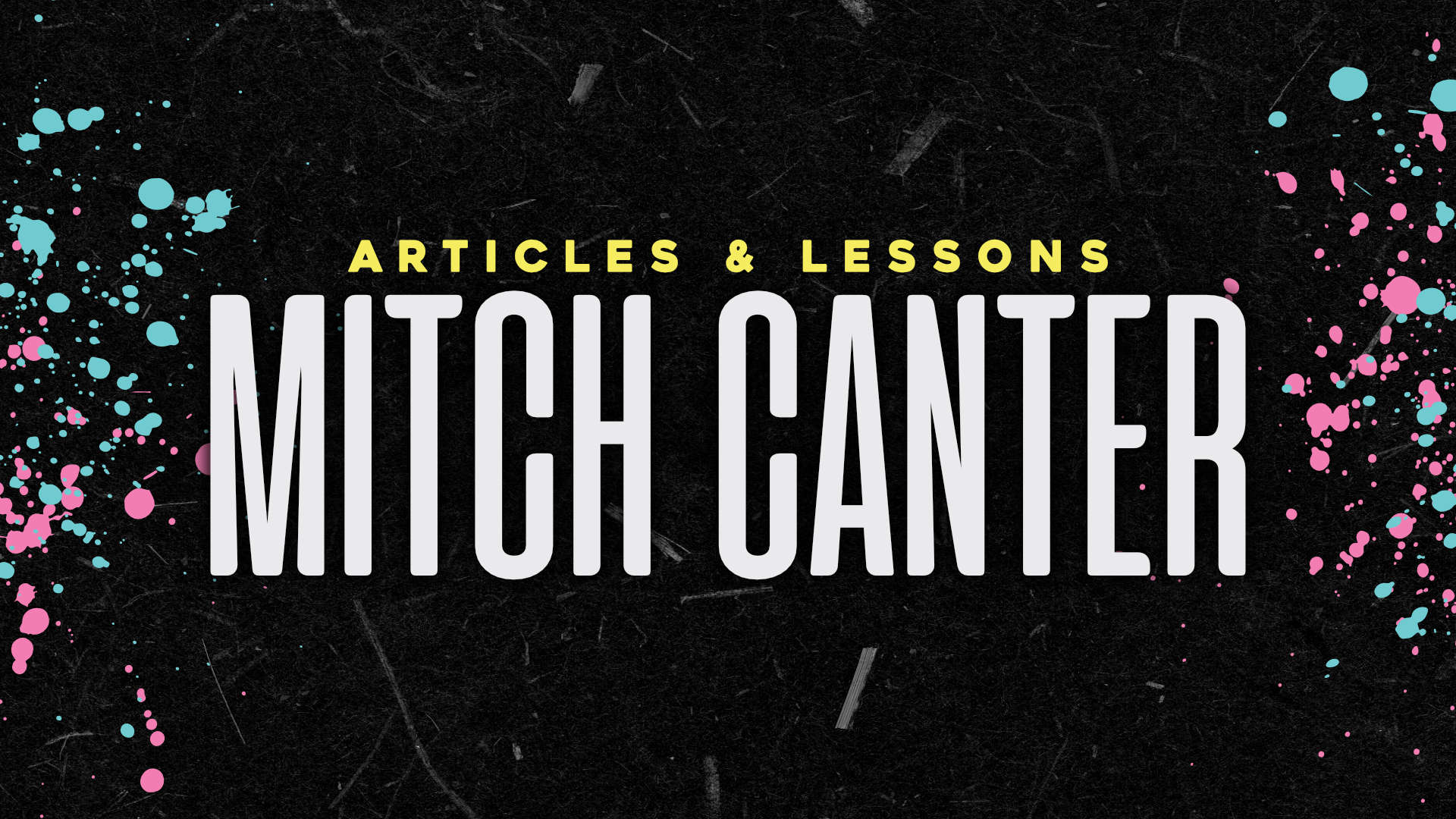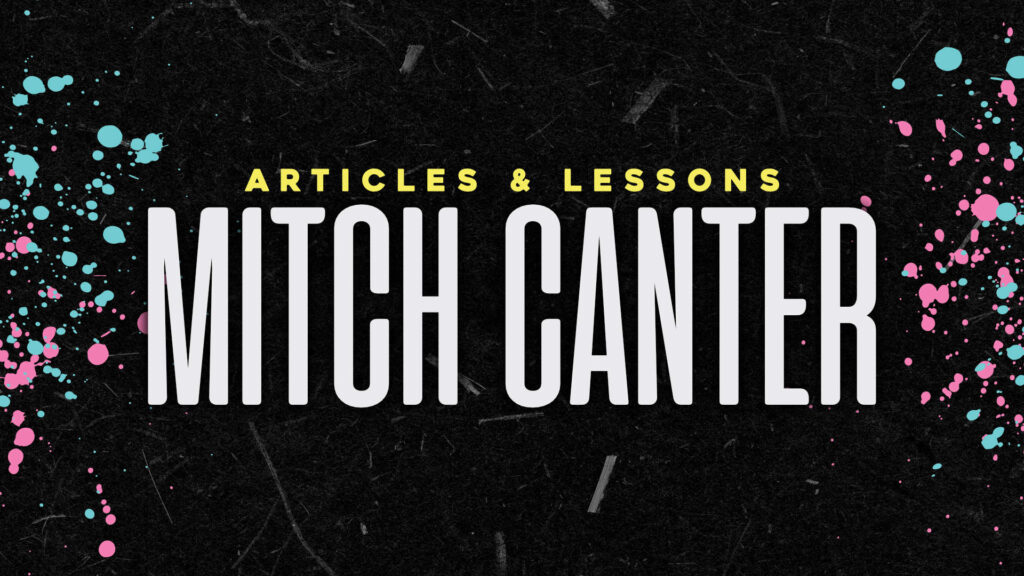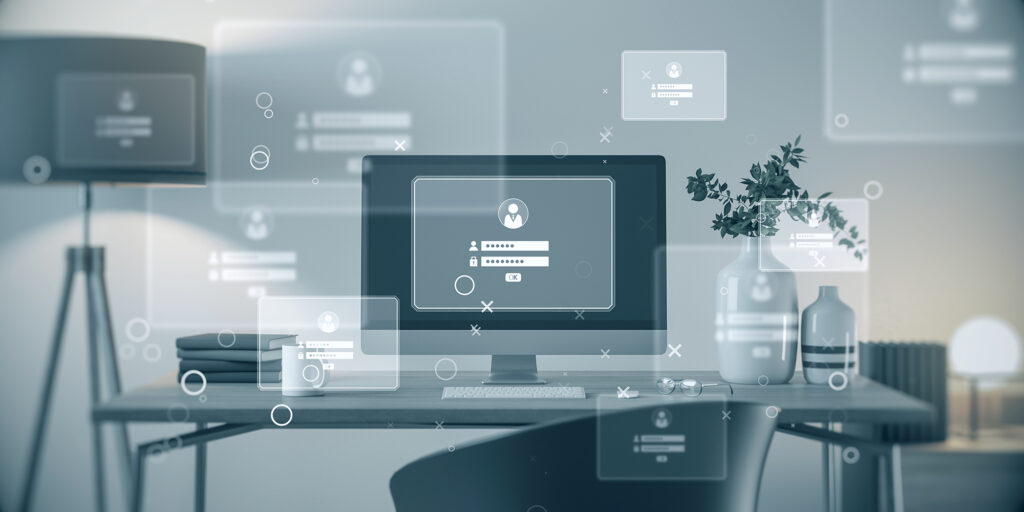There’s a mantra I repeat when people ask what they should be doing online: “Go where the people are”. A good rule of thumb is to ask your readers what social media they frequently use, and strive to connect with them there. The one resounding link I’ve always gotten: the ability to listen to podcasts when they’re on the go or commuting. The good news? It’s extremely easy to do – by setting up a podcast, you can ensure that people will be able to listen/watch your message anywhere and anytime they are able.
I started the Binary Podcast for this exact reason: to be able to use my voice to teach, inspire, motivate, and empower people to be able to work on their websites. And, as it turns out, it’s not as difficult to be a podcaster as you may imagine.
Why bother with a podcast?
By having a podcast online, you give prospective clients or readers a look into teaching style, voice, and overall enthusiasm (and, by the way, if any of these are lacking… well, no podcast can save that!). It also give people who listen a way to stay connected with you. John Lee Dumas, host of Entrepreneur on Fire, says that podcasting has helped him to become one of a lot of people’s “Top 5”, the idea being that you are the average of the 5 people you hang out with the most.
Video Podcast or Audio Podcast?
This question gets asked quite a bit, and the best answer I can give is “it depends”. For most people, audio is a given since it’s both easy to do and requires little equipment (obviously better equipment will produce better results, but anyone with a microphone can podcast). Video podcasts require a decent camera. Sure, most digital SLR cameras will work in a pinch (as long as you can get your hands on a processional microphone – no one wants to use the on-board mic of an SLR camera, after all!) but at the end of the day you may want to invest in something a bit more “professional”. We’ll dive more into equipment on the next post, but suffice it to say that podcasting requires some investment if you’re not already recording for other reasons.
Next Steps
The next post will cover the ins-and-outs of recording: equipment, software, and services you need to actually get the spoken word in a digital format. Our final post will cover hosting the podcast, and submitting it to iTunes and other various podcasting services. After all, making the podcast is one thing – but we want to make it easy for people to find as well.



